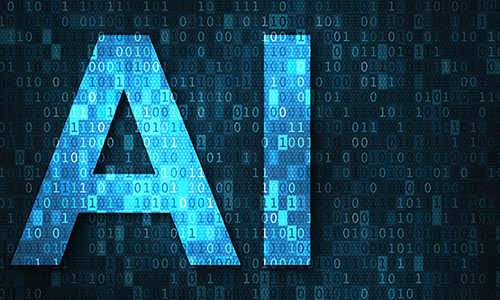Nvidia looks to AI for the future of medical imaging technologies
April 27, 2018
Source: MobiHealthNews
 744
744

The name Nvidia usually creates a synapse to the video game industry — or more recently the self-driving car business. But now the computer hardware company is looking to get a foothold in the healthcare industry.
Last month at the GPU Technology Conference the company revealed plans for a new AI platform called Clara, which will use AI to create a virtual medical imaging platform.
“What we are building is a computing platform for medical imaging — it is a virtual medical imaging super computer. What we are doing is taking all the more recent, last five-ten years, modern computing [technologies] … like cloud, virtualization, and GPU (graphics processing unit) and we are bringing it all together so that medical industry people can take advantage of it,” Kimberly Powell, VP of healthcare at Nvidia, told MobiHealthNews.
The technology will also be able to connect with existing instruments so that providers don’t need to purchase new equipment for the tool to work.
“So some of its main features are that it is virtual, so it can live in the hospital data set and virtualize all the work loads of, all the different instruments. So it is modality agnostic. ... It is also remote. So you can do a computation all the way to through to the visualization and remotely visual all that information back on any display.”
The healthcare industry isn’t exactly a new frontier for Nvidia. The company has been involved in medical imaging for nearly a decade, according to Powell. More recently, Nvidia has been focusing its attention on AI in this space.
It has also been partnering with big names in the healthcare industry, including providers such as Massachusetts General Hospital and the Mayo Clinic, and tech companies like GE and Nuance Health.
“Medical imaging is never going to go away,” Powell said. “What these computational approaches are doing is improving image quality and helping where, for doctors, it is difficult to see or helping them with things that take a long time to do.”
Recently, the company has been deeply involved with self-driving cars.
“We wanted to learn to apply AI in a domain that has incredibly difficult challenges, that we could add special value and solve in a very special way that has great impact on society being more successful. So we decided to chose an intelligent autonomous machine — we chose the self driving car,” Jenson Huang, CEO of Nvidia, said on Tuesday at the AI World Medical Innovation Forum in Boston.
While healthcare and cars might sound like radically different spaces, Powell disagrees. She said there are actually some big similarities.
“We have a lot to learn in the healthcare industry but we have a lot that we can take from our experience with self-driving cars. Self-driving cars have lives at stake,” Powell said. “It is a regulated industry. It is an old industry, so it has a lot of parallels. Change management, the business models, and the safety are all really strong takeaways we can bring into healthcare.”
Clara is still in what Powell referred to as “alpha.” When the idea was revealed at the conference last month Powell said the company had confidence that in the future it could address big issues in healthcare. But it is still a work in progress.
Right now the team at Nvidia is working with partners at MGH, GE and elsewhere to define workflow. But Powell said the team plans to have something to show that will address end-to-end workflow by the Radiological Society of North America Summit, which is in the fall.
While the company is currently focused on medical imaging there are hints that it could expand into other areas of healthcare with its AI technology.
“Medical imaging is something we know well. We think we can make a contribution and accelerate the progress in the field and the radiologists are very receptive to it,” Powell said. “The field really wants it so we are going to focus there first. But we are going to see this as a long game and some of the next things you see happen very rapidly [are] deep learning in genomics, deep learning in drug discovery and certainly people are trying to understand new ways of doing AI on medical records. The holy grail is when you take all those four or five types of data and integrate them so that we can make our way towards personalized medicine.”
By DduRead more on
- How AI Procurement Can Boost Supply Chain Efficiency by 50% in the Pharmaceutical Industry? Drugdu AI is Exploring the Future! February 18, 2025
- How DeepSeek Helps You Succeed Efficiently February 11, 2025
- How DeepSeek Helps You Succeed Efficiently February 10, 2025
- Machine Learning Applied to Manage Treatment-Resistant Depression September 3, 2018
- Verily Researchers Recommend Psychiatrists to Benefit from Analytics, Digital Sensors August 28, 2018
your submission has already been received.
OK
Subscribe
Please enter a valid Email address!
Submit
The most relevant industry news & insight will be sent to you every two weeks.



